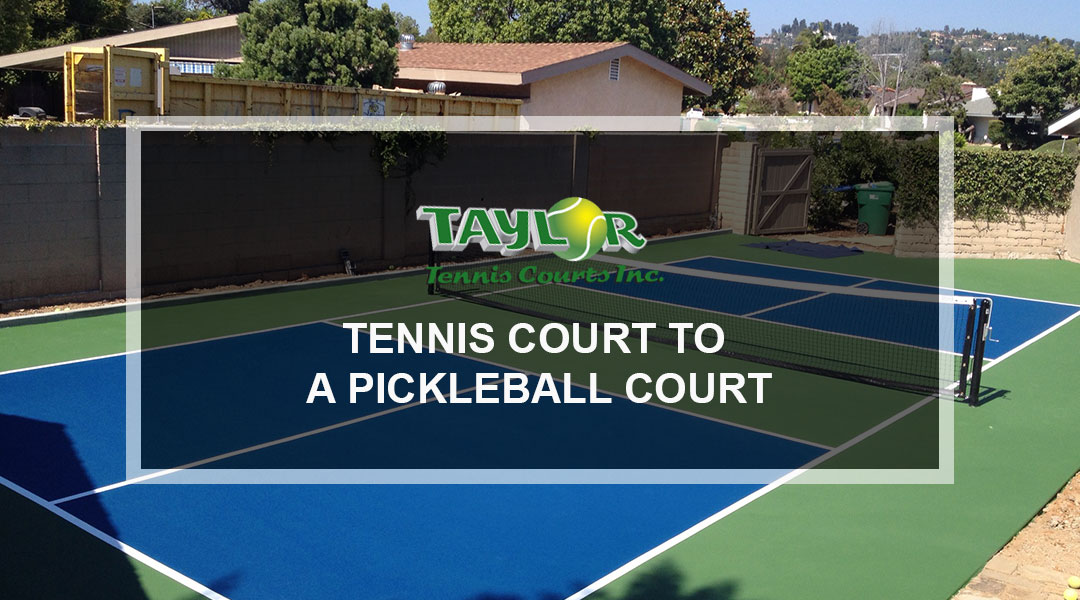Building a Pickleball Court Construction-- Specialist Construction for Quality Play
Building a Pickleball Court Construction-- Specialist Construction for Quality Play
Blog Article
Lasting Practices in Pickleball Court Building And Construction You Ought To Know
As the popularity of pickleball proceeds to climb, so too does the need for sustainable techniques in court building and construction. This strategy not only addresses ecological concerns however likewise enhances the long life and performance of the courts. From selecting eco-friendly products to executing effective water drainage and energy-saving illumination options, there are countless techniques to think about. Yet, the effect of these practices expands far past the court itself. Recognizing just how each aspect adds to a more sustainable future welcomes further expedition into the intricate equilibrium between leisure growth and environmental stewardship.
Selecting Eco-Friendly Products
Choosing environmentally friendly products is a vital step in the building of sustainable pickleball courts. The option of lasting materials not only lessens ecological influence yet likewise improves the long life and efficiency of the court. Trick materials include reused rubber for the surface area, which supplies excellent toughness and shock absorption while diverting waste from garbage dumps.
Furthermore, making use of in your area sourced products reduces transport emissions and sustains regional economic climates. Pickleball court construction. Utilizing indigenous woods for secure fencing and seats can give a lasting visual while ensuring strength against the components.
Including absorptive products for court foundations can better contribute to sustainability by permitting all-natural water drainage and minimizing runoff. These choices not only safeguard regional ecosystems yet additionally advertise much healthier play environments.
Reliable Drain Solutions
While the option of eco-friendly products is crucial, implementing reliable water drainage services is similarly important for preserving sustainable pickleball courts. Correct drain not only protects the court surface area from water damages however additionally lessens erosion and drainage, promoting ecological integrity.
Effective drainage systems can include absorptive paving, which allows water to penetrate the ground instead of merging externally. This minimizes the chance of standing water, which can lead to mold and other upkeep concerns. Additionally, incorporating tactically put drainage networks and swales can guide excess water far from the court location, making sure a completely dry playing surface area and stopping soil erosion.
Utilizing native vegetation in the landscaping around the courts can additionally boost water drainage by soaking up excess water and minimizing overflow. These plants need much less watering and promote biodiversity, aligning with sustainable practices.
In addition, it is critical to on a regular basis preserve the drain system to ensure its long-term effectiveness. This includes cleaning particles and tracking for obstructions. By prioritizing reliable drain remedies, pickleball court producers can dramatically add to the sustainability and durability of the center, eventually profiting both gamers and the atmosphere.
Energy-Efficient Lighting Options
As the demand for pickleball remains to grow, integrating energy-efficient lights options right into court style has come to be progressively crucial for sustainability. Typical lights systems commonly consume extreme power, adding to higher functional prices and ecological effect. Therefore, adopting contemporary, energy-efficient innovations is essential for both brand-new buildings and improvements.
LED (Light Emitting Diode) lighting stands apart as a leading option because of its longevity and power savings (Pickleball court construction). Contrasted to traditional lights, LEDs use around 75% much less power and can last as much as 25 times longer, dramatically decreasing upkeep Learn More prices. The directional nature of LED illumination lessens light air pollution, making certain that lighting is concentrated on the court rather than surrounding areas.

Sustainable Surface Area Alternatives
Discovering lasting surface area options for pickleball courts has actually gotten grip amongst players and builders alike. The focus on green products not just straightens with the expanding environmental understanding however additionally boosts the efficiency and longevity of the courts.
One popular choice is making use of recycled rubber, which can be sourced from used tires. This material offers outstanding shock absorption, decreasing the risk of injuries for gamers while promoting sustainability. Additionally, modular tiles made from recycled plastics use another practical alternative. These tiles are easy to mount and change, and their convenience permits for various court arrangements.
All-natural yard courts are also becoming a lasting option, advertising biodiversity and lowering the warmth island result. Nonetheless, they call for regular upkeep and water, which may not align with all sustainability goals.

Water Conservation Techniques

An additional efficient method entails the setup of rain harvesting systems. These systems store and accumulate rainwater for use in keeping court surface areas and landscaping. This strategy not only saves potable water however also minimizes dependence on local sources.
Additionally, using drought-resistant landscaping around the courts is necessary. Indigenous plants require less water and are better adapted to regional environment problems, thus decreasing general water usage. Furthermore, making use of efficient irrigation systems, such as drip irrigation, makes sure that water is supplied straight to plant roots, reducing evaporation and waste.
Conclusion
Incorporating sustainable methods in pickleball court building and construction considerably adds to environmental preservation and resource performance. By prioritizing these techniques, the construction of pickleball courts can straighten with broader environmental goals while promoting durability and performance within communities.
As the popularity of pickleball continues to increase, so as well does the demand for lasting techniques in court construction.Choosing environmentally friendly materials is a vital action in the building and construction of sustainable pickleball courts. By prioritizing energy-efficient lighting alternatives, pickleball court erectors can add to an extra sustainable future while meeting the requirements of players and stakeholders alike.Including sustainable surface alternatives not only enhances the performance of pickleball courts yet additionally leads the method for carrying out efficient water conservation methods.Integrating sustainable practices in pickleball court construction dramatically contributes to ecological conservation and resource performance.
Report this page